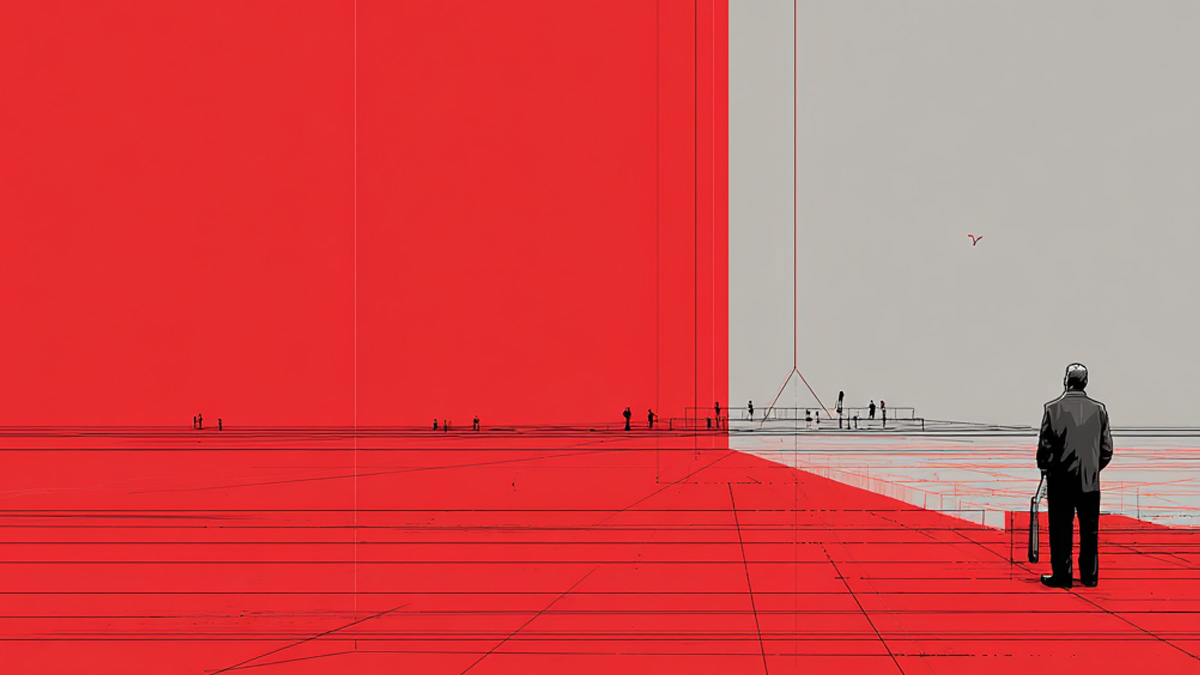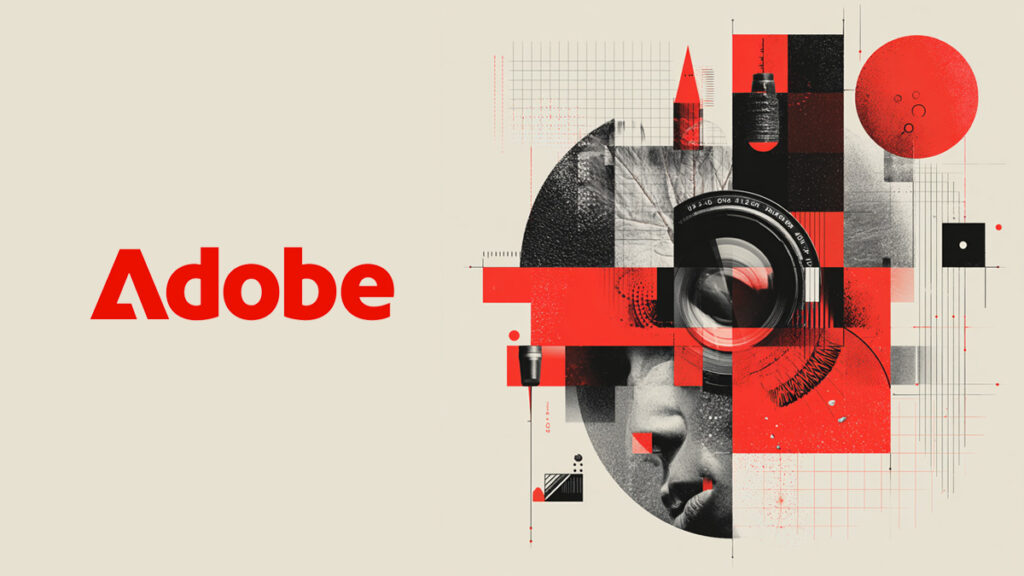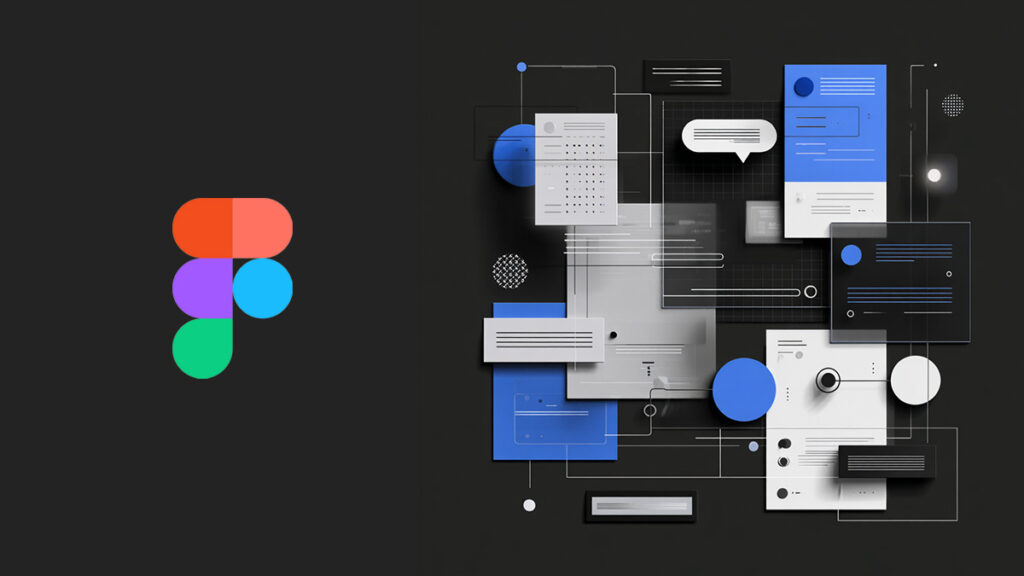Why the Right Hue Can Transform Your Brand
Choosing the right color palette isn’t just aesthetic—it’s a strategic move. Colors can evoke emotions, forge immediate recognition, and subtly guide audience actions. Nail the color language of your branding, and you capture attention, build trust, and influence behavior—without saying a word.
Instant Takeaway: What Color Psychology Does for Your Brand
By harnessing emotional triggers—like trust from blue or urgency from red—you can grow brand recognition by up to 80% and steer consumer decisions faster than text-heavy design.
- Trust & Dependability: Blue signals reliability and professionalism.
- Excitement & Energy: Red does more than attract—it pushes action.
- Calm & Wellness: Green relaxes while reinforcing natural values.
- Luxury & Sophistication: Black and gold whisper premium quality.
- Optimism & Creativity: Yellow is bold, bright, and joyful—great for brands that aim to uplift.
How to Pick the Perfect Palette: What Emotion Does Your Brand Want to Evoke?
Start by mapping your brand’s core values—then layer in emotion and context.
- Define brand traits: Are you bold, friendly, reliable, or aspirational?
- Match emotions to hues: Use the bullet list above as your starting palette guide.
- Test combinations: Pair primary colors with neutrals to balance impact and versatility.
- Consider cultural context: E.g., white means purity in the West, but mourning in parts of Asia.
- Apply across touchpoints: Your visual identity should be consistent across your logo, website, packaging, and social content.
Which Color Does What? A Breakdown by Brand Archetype
The Trusted Expert (Blue & Gray)
- Blue evokes stability and calm—ideal for finance, legal, healthcare, and tech.
- Use grays and muted tones to maintain sophistication and neutrality.
The Bold Disruptor (Red & Black)
- Red creates urgency, passion, and attention.
- Combined with black or charcoal, it gives a sleek, modern, and authoritative vibe.
The Eco-Conscious Naturalist (Green & Brown)
- Green instantly connects with growth, health, and eco-friendliness.
- Earth tones or neutrals ground the palette and add authenticity.
The Creative Changemaker (Yellow & Purple)
- Yellow sparks optimism and innovation.
- Purple adds a hint of imagination and premium flair when done right.
How to Use Color Psychology Without Going Overboard
Pro Tip: It’s Not a Rainbow—Keep It Simple
Choose a primary color for your brand’s personality, a secondary for accents, and 1–2 neutrals for balance. This saves you from color chaos and keeps your palette usable across formats.
Check Accessibility & Contrast
Make sure text and icons pop on backgrounds. Use tools that test color contrast ratios (WCAG standards) to ensure readability and inclusivity.
Test with Real Users
Before you roll out a rebrand, run quick A/B tests with different palettes. Even simple heatmap or click-tracking tests on key pages can show which colors drive better engagement.
Tools That Can Help
- Coolors – Instant palette generator based on your primary color.
- Adobe Color – Explore trending palettes, validate with contrast checks.
- Frontify – Great for scalable enterprise systems. Useful for maintaining brand guidelines.
- Canva & Adobe Express – Perfect for small teams or rapid MVP mockups.
Brand Color Case Studies: Real Examples That Nailed It
- Spotify: Signature green bonds to growth and energy—visible across all digital platforms.
- Tiffany & Co: The iconic robin’s-egg blue equates to luxury in seconds.
- Slack: Multicolor wordmark speaks creative collaboration—fitting for a communication tool.
Closing Thought: Color Is Your Silent Ambassador
Your palette speaks before your words do. Pick colors that tell your story—whether that’s reliability, creativity, luxury, or action—and ensure every design touch carries that emotion forward.
Frequently Asked Questions
Do color meanings differ across cultures?
Yes—always consider your audience. For instance, white can be pure or represent mourning depending on the market.
How many colors should be in my brand palette?
Stick to a main hue, a secondary accent, and one or two neutrals—for practically unlimited application with minimal confusion.
Should I adjust my palette as trends shift?
Only if your brand needs to feel “fresh.” Otherwise, consistency helps build long-term recognition.
Glossary Terms Used
- Branding: The process of creating a unique identity for a company or product through elements like name, logo, colors, and messaging.
- Visual Identity: The collection of visual elements—like color palette, typography, imagery, and layout—that represent a brand and distinguish it in the market.
- Brand Mark: A graphic symbol or icon that represents a brand, often used independently from the logotype.
- Typography: The art and technique of arranging type to make written language legible, readable, and visually appealing.
- Brand Guidelines: A document that defines how a brand should be presented across channels, including rules for logos, colors, fonts, tone, and more.
This site uses affiliate links, which means we may earn a commission at no extra cost to you.


